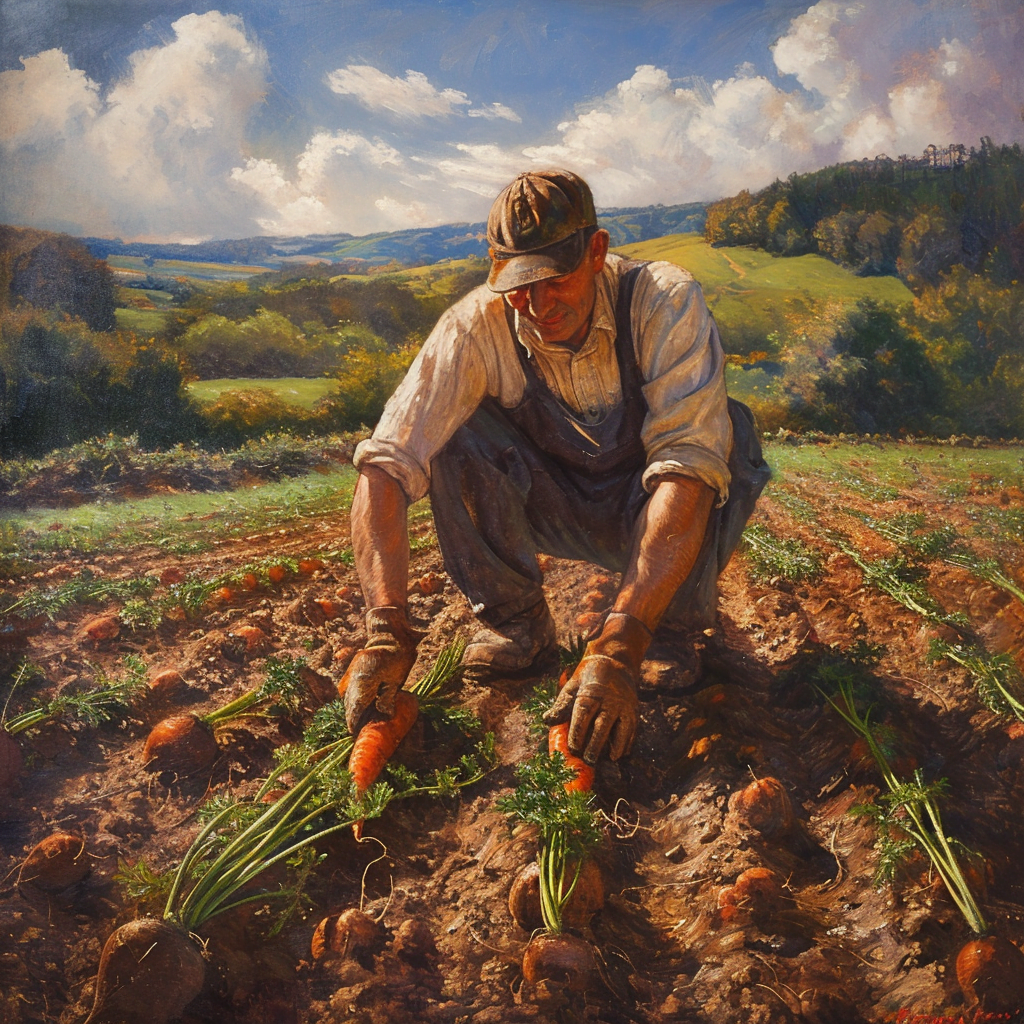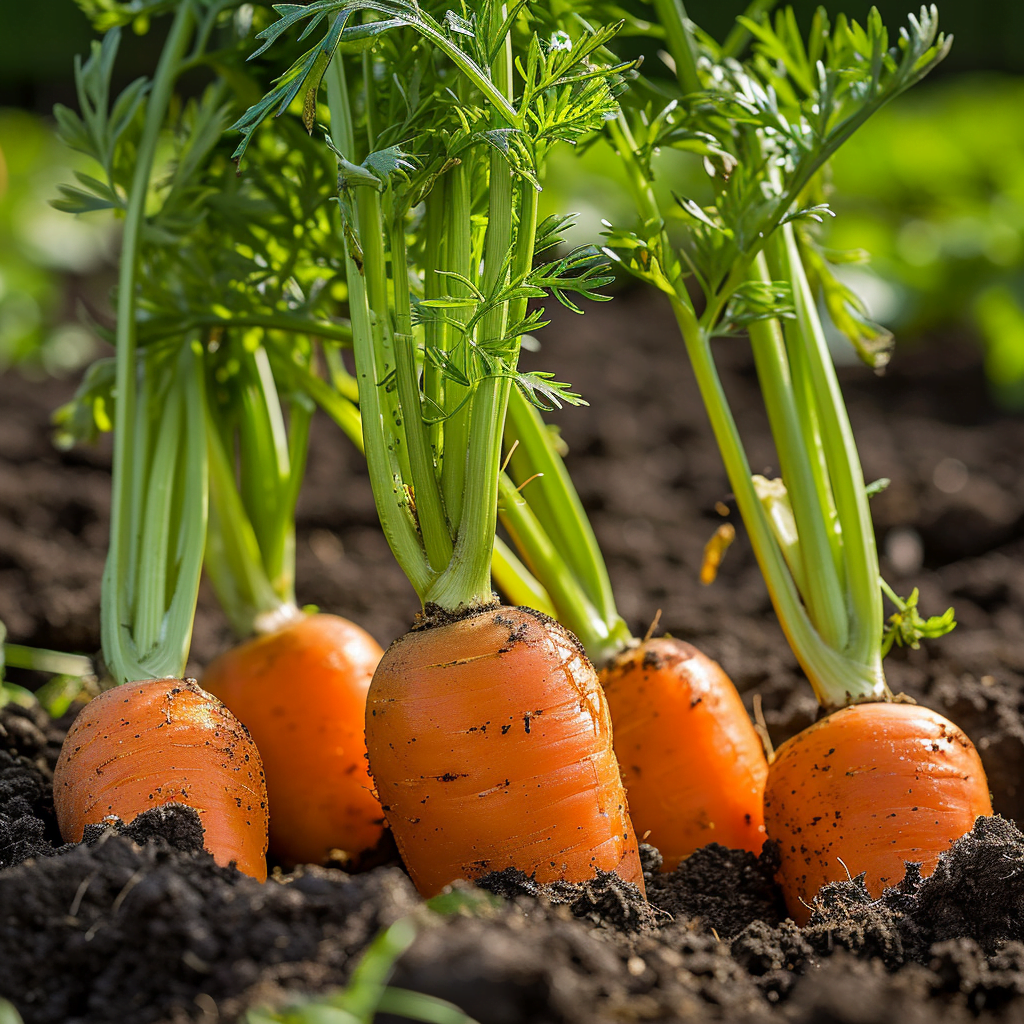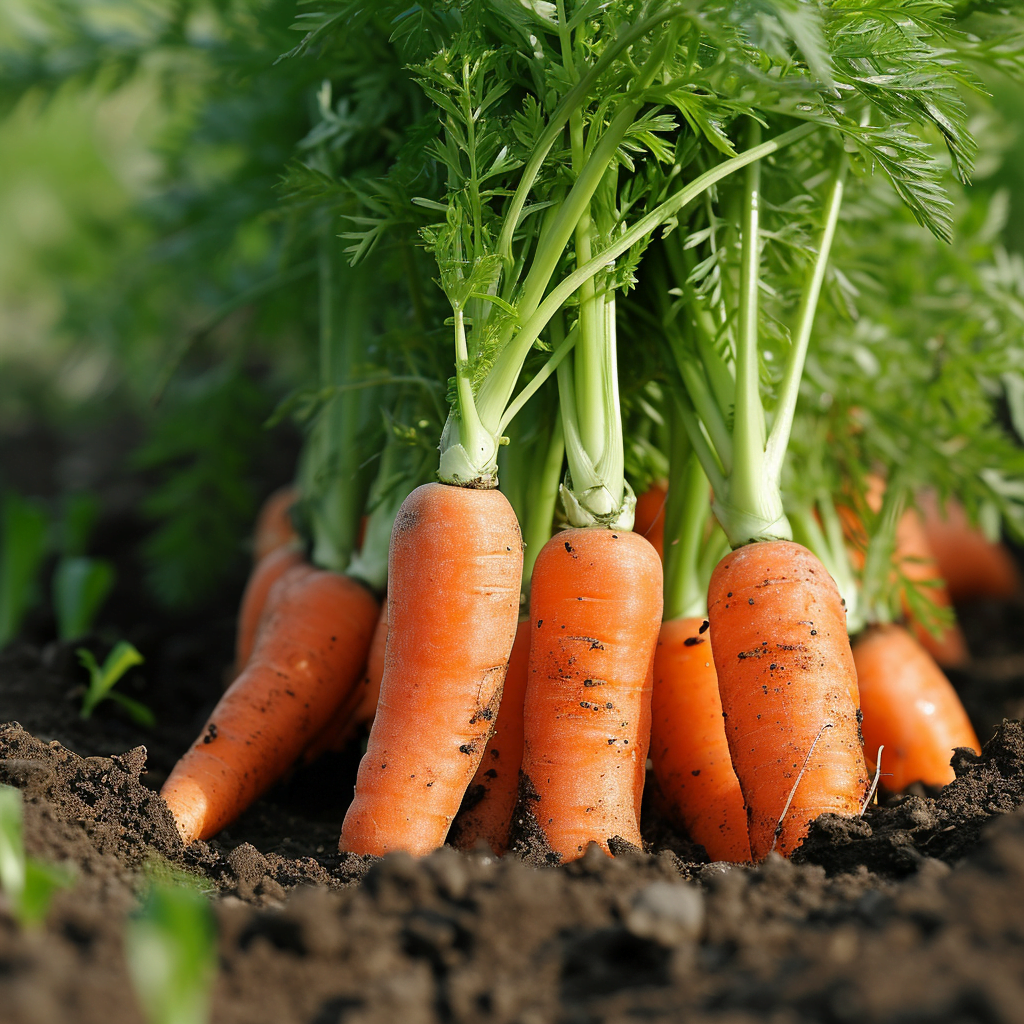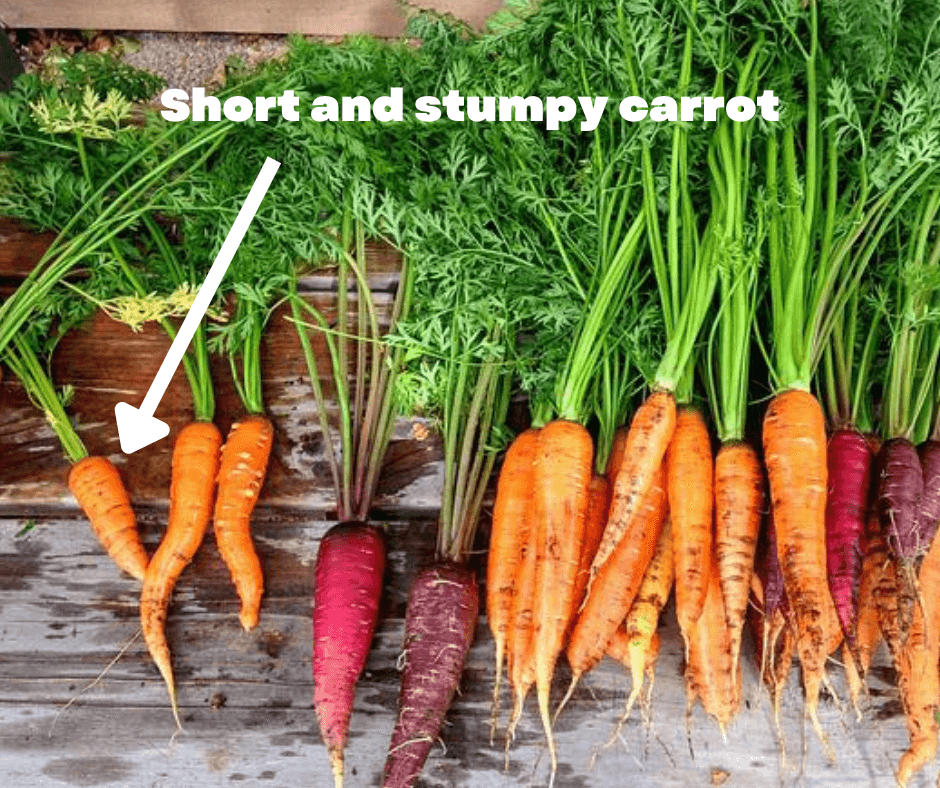So, you’re a carrot enthusiast living in Oregon, and you’re wondering when is the best time to sow those crunchy orange delights in your garden? Well, you’ve come to the right place! In this article “When To Plant Carrots In Oregon“, we’ll give you the low-down on the best time to plant carrots in Oregon. Whether you’re a seasoned gardener or just starting out, we’ve got you covered with all the information you need to grow juicy and flavorful carrots right in your own backyard. So, let’s dig in and discover the optimal time to get your carrot patch started!
Best Time to Plant Carrots in Oregon
Planting carrots in Oregon requires careful consideration of various factors, such as local climate, soil conditions, and suitable carrot varieties. By understanding these factors and following proper planting techniques, you can ensure a successful carrot harvest throughout the year. In this article, we will explore the best times to plant carrots in Oregon, ideal soil conditions, recommended carrot varieties, preparing the soil, choosing between direct seeding and transplants, and specific planting tips for early spring, late spring, summer, fall, and winter.
Factors to Consider Before Planting
Before planting carrots in Oregon, it is important to consider various factors that can impact their growth and yield. First and foremost, understanding the local climate is crucial. Oregon experiences a diverse climate, with variations in average temperatures, rainfall patterns, and sunlight exposure across different regions. Knowing the frost dates, average temperatures, and length of the growing season in your specific area will help you determine the suitable time for planting carrots.
Additionally, considering companion plants for carrots and crop rotation can contribute to a healthier carrot crop. Certain plants, such as onions, leeks, and rosemary, can deter pests and benefit the growth of carrots when planted alongside them. Implementing a crop rotation strategy, where you alternate the planting of carrots with different vegetable families, helps prevent nutrient depletion and reduces the risk of pest and disease infestations.
Ideal Soil Conditions
Carrots thrive in well-drained soil with a loose and fine texture. Sandy or loamy soil types are ideal for growing carrots, as they provide good drainage and allow the roots to penetrate easily. It is important to ensure proper pH levels for carrot cultivation, as they prefer a slightly acidic to neutral range of 5.8 to 7.0. Conducting a soil test can help determine the pH level and any necessary amendments.
Besides pH levels, soil nutrient content plays a vital role in the growth of carrots. Carrots require a balanced supply of essential nutrients, including nitrogen, phosphorus, and potassium. Adding organic matter, such as compost or well-rotted manure, can improve soil fertility and provide necessary nutrients for healthy carrot growth. Mulching the soil helps retain moisture, suppress weed growth, and regulate soil temperature, creating favorable conditions for carrot development.
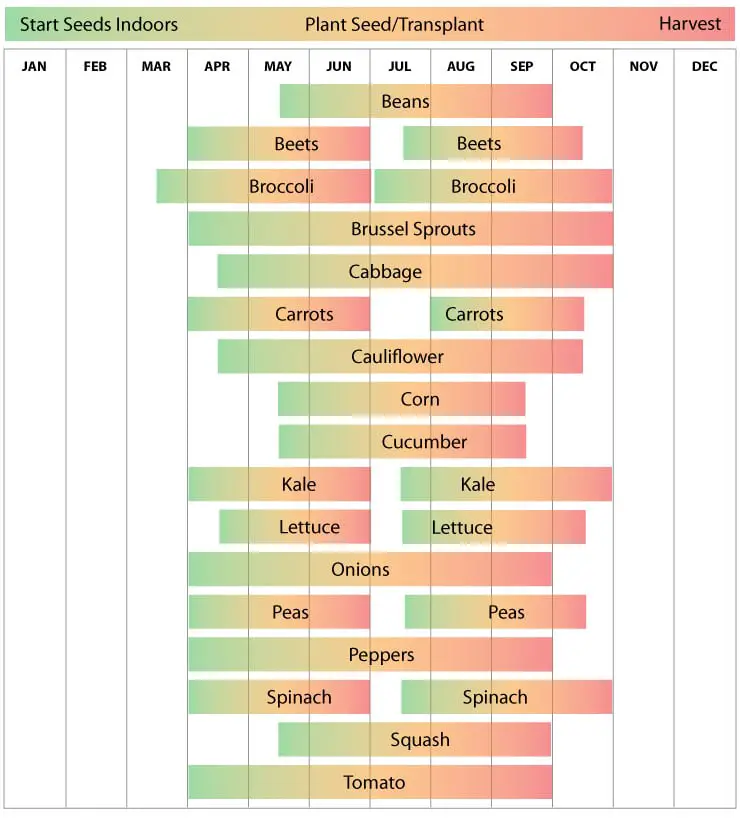
Recommended Carrot Varieties
Choosing the right carrot variety is essential in achieving successful yields for your specific growing conditions. Here are some highly recommended carrot varieties for Oregon:
Nantes: Nantes carrots are known for their tender and sweet flavor. They are cylindrical in shape, with a bright orange color, making them a popular choice for fresh consumption.
Chantenay: Chantenay carrots have a broad, tapered shape with a shorter length. They are known for their excellent flavor and ability to thrive in heavy soil.
Imperator: Imperator carrots are long and slender, often reaching up to 12 inches in length. They have a sweet and crisp texture, making them perfect for fresh eating or juicing.
Bolero: Bolero carrots are resistant to cracking and have a smooth, cylindrical shape. They are known for their strong, crunchy texture and sweet flavor.
Danvers: Danvers carrots are medium-sized and have a conical shape. They have a rich, sweet flavor and are widely used for canning, juicing, or fresh eating.
Scarlet Nantes: Scarlet Nantes carrots have a cylindrical shape and a vibrant orange color. They are known for their sweet flavor and excellent storage qualities.
Flyaway: Flyaway carrots are resistant to carrot fly, a common pest in carrot cultivation. They have a cylindrical shape and a sweet flavor, making them an ideal choice for pest-prone areas.
Tonda di Parigi: Tonda di Parigi, also known as Parisian Market, is a small round carrot variety. It is perfect for container gardening or growing in shallow soils, and its mild flavor makes it suitable for fresh consumption.
Purple Haze: Purple Haze carrots have a vibrant purple exterior and a sweet, orange interior. They add a pop of color to salads and are rich in antioxidants.
Rainbow: Rainbow carrots come in a variety of colors, including orange, yellow, purple, and white. They offer a visually stunning display and have a range of flavors, from sweet to spicy.
Preparing the Soil
Preparing the soil properly before planting carrots is crucial for their overall growth and development. Start by clearing the area of any existing vegetation or debris. Remove weeds thoroughly, as they can compete with carrots for nutrients and water.
Adding compost or well-rotted manure to the soil improves its fertility and structure. Spread a layer of compost over the planting area and incorporate it into the soil using a garden fork or tiller. This enhances the soil’s organic matter content, aiding in nutrient retention and moisture regulation.
Loosening the soil with a garden fork or tiller helps create a loose and fine texture, ensuring easy root penetration and preventing soil compaction. Remove any rocks or debris that may hinder the growth of carrots and level the surface to provide an even planting bed.

Direct Seeding vs. Transplants
When it comes to planting carrots, you have the option of direct seeding or using transplants. Both methods have their advantages, and the choice depends on your preference and specific growing conditions.
Direct seeding involves sowing carrot seeds directly into the designated planting area. It is a simple and cost-effective method, ideal for larger areas and well-prepared soil. Direct seeding allows carrots to develop their roots directly in the soil, resulting in stronger plants.
On the other hand, using transplants involves starting carrot seeds indoors or purchasing nursery-bought transplants. Transplants offer a head start, as they have already germinated and developed into seedlings. This method is suitable for regions with shorter growing seasons or when you want to ensure a more reliable outcome.
Consider the availability of seedlings or transplants, as well as the specific requirements of your chosen carrot varieties when deciding between direct seeding and transplants.
Early Spring Planting
Early spring is an opportune time for planting carrots in Oregon, provided the weather conditions are favorable. By planting early, you can take advantage of the cooler temperatures and longer days, allowing your carrots to establish strong root systems before the onset of hotter weather.
Timing is crucial for early spring planting. It is essential to wait until the soil is workable and the risk of frost has passed. Typically, this falls around mid-March to early April, depending on your location in Oregon. Keep an eye on the weather forecast and frost dates in your area to avoid any potential damage to your young carrot seedlings.
Prepare the soil in early spring by following the previously mentioned soil preparation guidelines. Sow the carrot seeds directly into the well-prepared soil, ensuring a proper spacing of about 1 to 2 inches between seeds. Cover the seeds with a thin layer of soil, approximately ¼ to ½ inch deep.
Provide adequate moisture to the newly planted seeds by watering gently, making sure not to wash them away. Mulching the soil after planting helps retain moisture and regulate soil temperature. During this time, keep an eye out for potential frost and protect the young seedlings by covering them with row covers or cloths during cold nights.
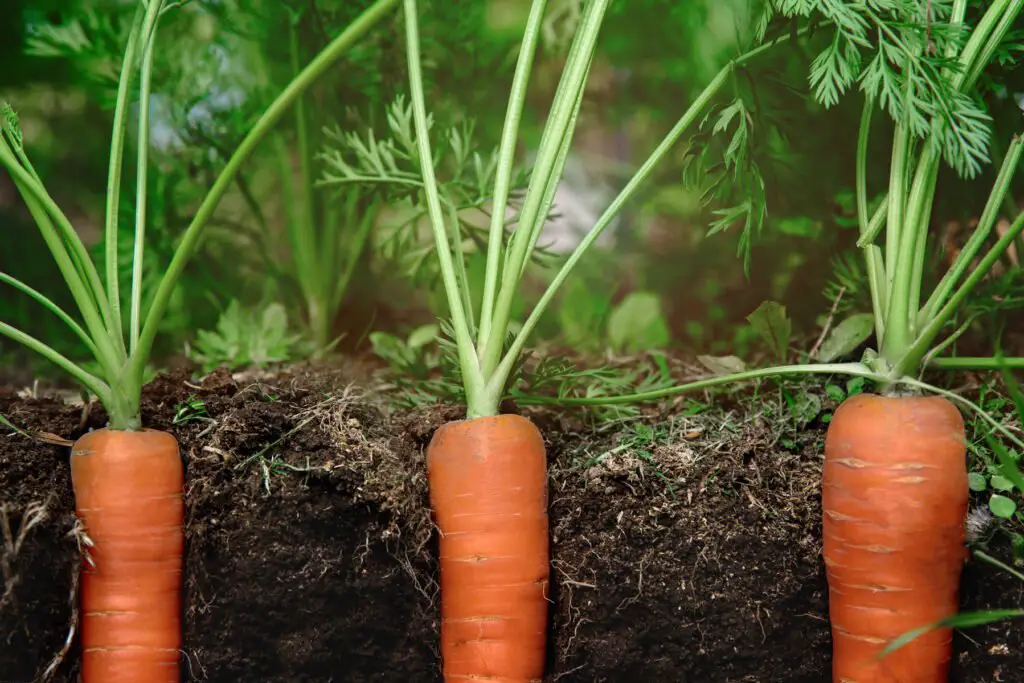
Late Spring Planting
In Oregon, late spring planting is another viable option for growing carrots. Late spring provides a slightly warmer climate, allowing for faster seed germination and growth. However, it is essential to consider the weather conditions and average temperatures in your specific area when determining the optimal time for late spring planting.
Prepare the soil in late spring using the same techniques mentioned earlier. Ensure that any potential late spring frosts have passed before planting your carrot seeds. Late April to early May is generally a safe time for late spring planting, but monitoring local weather reports and frost dates is recommended.
Sow the carrot seeds directly into the well-prepared soil, maintaining a proper spacing between seeds. Provide regular watering to keep the soil moist for optimum germination. Fertilize as needed during the growing season, following the instructions on the fertilizer packaging. Thin out the seedlings once they reach a height of about 3 inches, leaving at least 2 to 4 inches between plants.
Pay close attention to pest and disease management during late spring, as warmer temperatures can increase the risk of infestations. Implement appropriate pest control methods and monitor the plants for any signs of diseases or nutrient deficiencies.
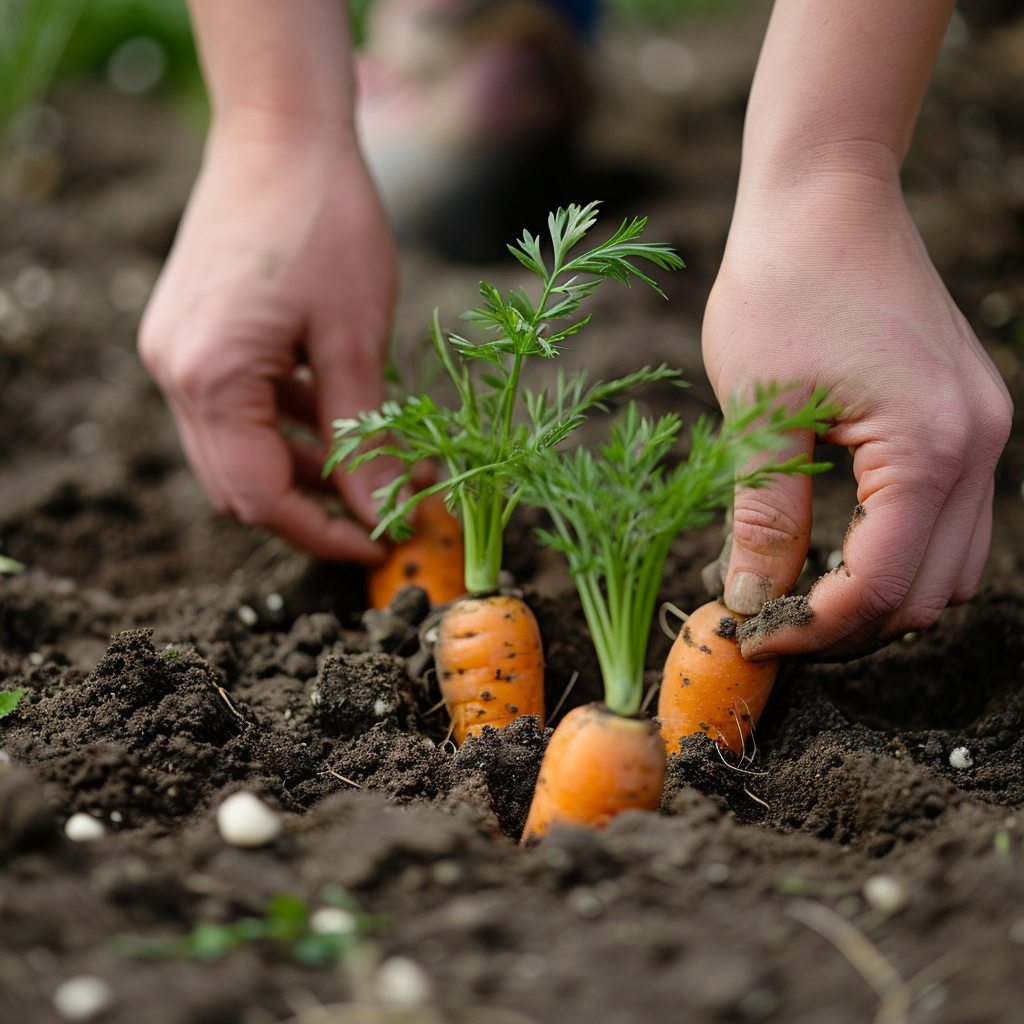
Summer Planting
While summer can be challenging for growing carrots in Oregon due to the heat, with careful planning and suitable varieties, it is still possible to have a successful crop. Consider the following factors when planting carrots in the summer:
Timing is crucial for summer planting. Aim to sow your carrot seeds in late spring or early summer, before temperatures peak. Starting late May to early June is generally a good time, as it allows the carrots to establish their roots before the hot summer months.
Choose heat-tolerant carrot varieties specifically bred for summer cultivation. These varieties are better equipped to withstand higher temperatures and have shorter maturity periods.
Provide shade and moisture to the carrot plants during the hottest parts of the day. You can use shade cloth or create temporary shade structures using stakes and cloth. Consistent watering is crucial to prevent the soil from drying out, but be cautious of overwatering, as carrots prefer well-drained soil.
Monitor soil moisture levels closely, as hot summer temperatures can quickly evaporate water from the soil. Mulching around the carrot plants helps conserve moisture and suppress weed growth.
Harvest carrot thinnings regularly during the summer. As the carrot plants grow, thinning them out ensures adequate space for the remaining plants to develop properly. Harvesting the thinnings allows for a continuous supply of baby carrots and reduces competition for resources among the remaining plants.
Implement proper pest and disease management strategies during the summer. Regularly inspect the plants for signs of pests or diseases and take necessary action, such as applying organic insecticides or removing infected plants.
Fall Planting
Fall is an excellent time to plant carrots in Oregon, taking advantage of the cooler temperatures and more consistent moisture. By planting in the fall, you can extend your carrot harvest into the winter months.
Plan to sow your carrot seeds in late summer or early fall, generally around August or September, depending on your specific location in Oregon. Timing is crucial, as you want to ensure that the carrots have sufficient time to grow before the colder temperatures set in.
Prepare the soil by following the same techniques mentioned earlier. Clear the area, remove weeds, and add compost or organic matter to improve soil fertility. Proceed to sow the carrot seeds directly into the well-prepared soil.
During fall planting, it is important to keep the soil consistently moist to aid germination and early growth. Water the carrot plants gently, making sure not to disturb the seeds. Applying mulch around the plants helps retain moisture and regulate soil temperature, especially as the weather begins to cool.
As winter approaches, protect your carrot plants from freezing temperatures by using cold frames or row covers. These protective coverings provide insulation and help maintain a stable microclimate around the plants. Ensure adequate ventilation under the covers to prevent excess condensation and disease development.
Monitor the plants closely during the fall and winter, making adjustments as needed to protect them from frost or pests. Harvesting during this time can be particularly rewarding, as the cooler temperatures enhance the carrot’s flavor and sweetness.

Winter Planting
While winter planting can be challenging in Oregon, with proper care and suitable techniques, it is possible to cultivate carrots even during the coldest months. Consider the following factors when planning to plant carrots in winter:
Timing is crucial for winter planting. Aim to sow your carrot seeds in late fall, before the ground freezes. Early November is generally a suitable time, but it may vary depending on the specific location and climate conditions in Oregon.
Prepare the soil in early winter by clearing the area, removing weeds, and adding compost or organic matter. Ensure a well-drained soil structure to prevent waterlogging during the wetter winter months.
Using cold frames or row covers is essential in winter planting. These protective structures create a microclimate around the plants, shielding them from freezing temperatures and harsh weather conditions. Provide adequate insulation by adding straw, hay, or frost blankets to create a warm environment for the carrot plants.
Throughout the winter, monitor the moisture levels in the soil and provide supplemental watering if necessary. Pay attention to signs of frost damage and adjust the insulation as needed to maintain suitable growing conditions for the carrots.
As winter transitions into spring, continue to care for the carrot plants by removing excess insulation, ensuring proper ventilation, and preparing them for post-winter harvesting. Harvesting during this time can yield sweet and flavorful carrots that have benefitted from the cold weather.
In conclusion, the best time to plant carrots in Oregon varies depending on the season and specific factors such as local climate, soil conditions, and suitable carrot varieties. By considering these factors and following the recommended planting techniques, you can enjoy a bountiful harvest of carrots throughout the year. Whether it’s early spring, late spring, summer, fall, or even winter, there is a suitable time to plant carrots in Oregon and savor the rewards of your efforts.
